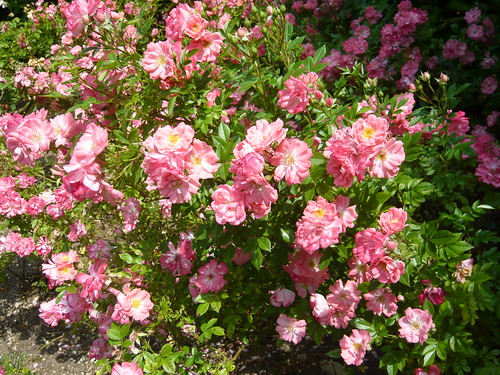‘I name this plant and all who sail in her’
‘A Rose by any other name would smell as sweet.’
You can name a plant just for fun!
Common or vernacular or homemade names are completely unregulated. Obviously they do not get wide acclaim and may be replicas of other plants. Still if it amuses you or the family there is no harm done.
At the other end of the scale there are International Code of Nomenclature for Botanical and Cultivated Plants, governing the naming of cultivars and cultivar-groups. If you want to commercialise the plants you can apply for Plant Breeders Rights PBR. see below
For most varieties there are ‘Authorities’ or International Registers responsible for recording or controlling names, varietals, sub species and hybrids. The International Daffodil Registrar and the International Orchid Registrar are both maintained by the RHS. Other societies maintain registers like the national chrysanthemum society.
Plant Breeders Rights
- Plant breeders right PBR are a part of Intellectual Property Law more from IPO
- With PBR, breeders can choose to become exclusive marketer of the variety or to license them to others.
- In 1970 the United States followed the lead of seventeen Western European nations and passed the Plant Variety Protection Act in the UK the Plant Variety and Seeds Act 1964.
- International Code of Nomenclature for Cultivated Plants comments from Australia . ‘…Proposing a new and original name for a plant variety is not an easy task. It requires a bit of thought and accordingly breeders are frustrated when they can not get the name they want. Here are some simple rules which will help you:
- Before coining a name for a variety, make sure your proposed name is unique and it cannot be confused either in spelling or pronunciation with another existing one.
- The name should not have more than 10 syllables and no more than 30 characters.
- The name could not be interpreted, as being likely to exaggerate the merits of the cultivar (like ‘Best Ever’ ‘The Greatest’, ‘Tastiest of All’.)
- The name should not only be made up of simple descriptive words.(e.g.’Red’, ‘Giant White’, ‘Small’)
- If your name is a single word, make sure that the word is not the same as that of a genus, whether in botanical Latin or in a modern language.
- Single common descriptive words and offensive words should be avoided.
- If you are naming a plant after a living person get written permission first.’
The International Plant names index has records from three sources: the Index Kewensis 1million plus, the Gray Card Index 350,000 and the Australian Plant Names Index 63,000. Whilst needing some deduplication it ‘represents the most comprehensive listing of plant names available today’.
Read About Senetti or Pericallis.
